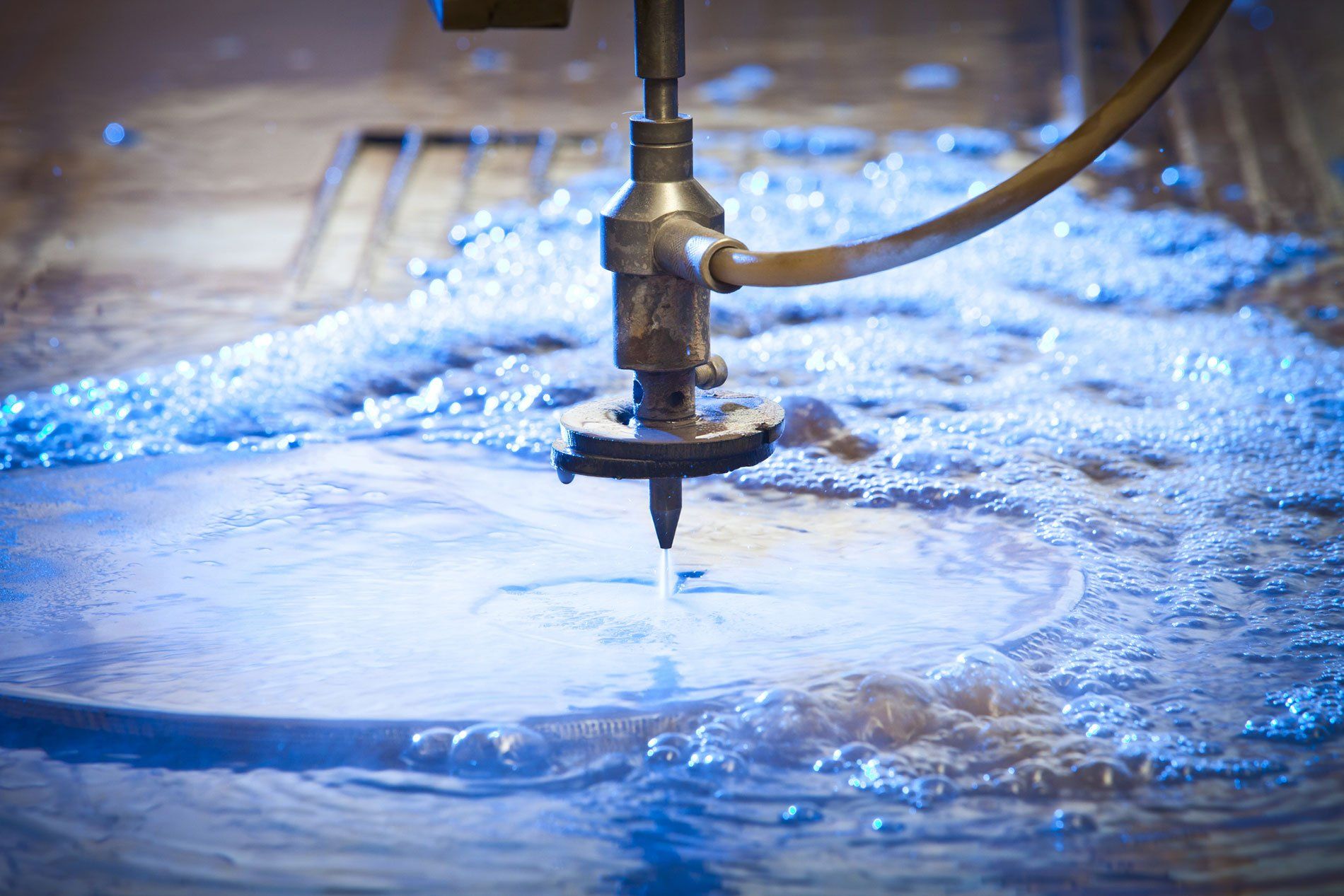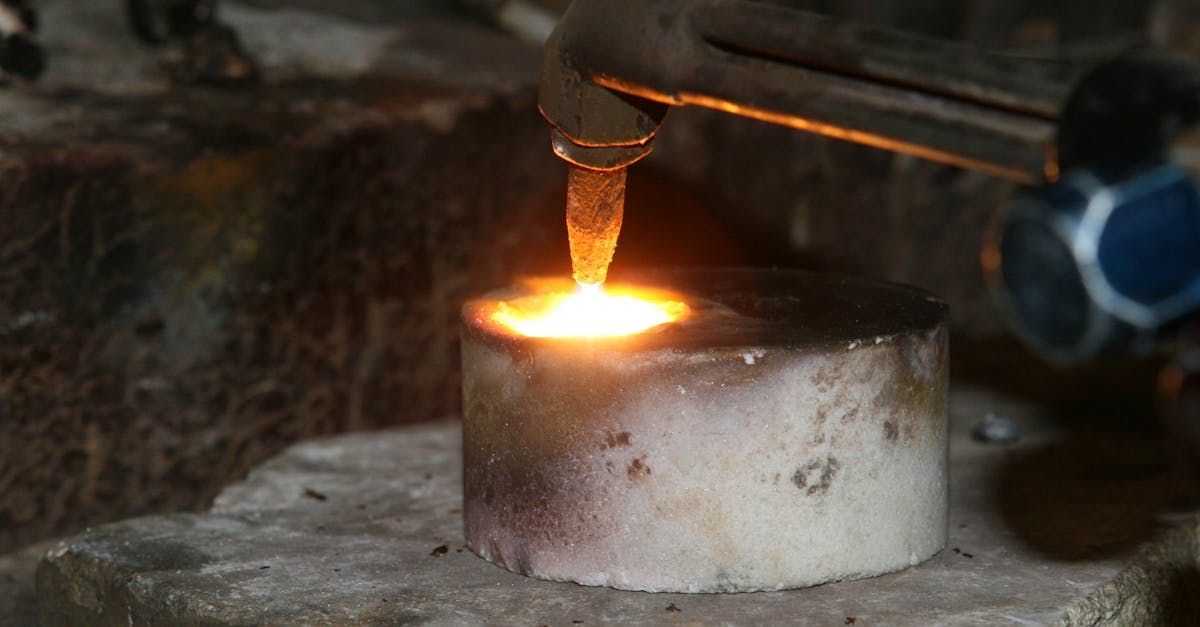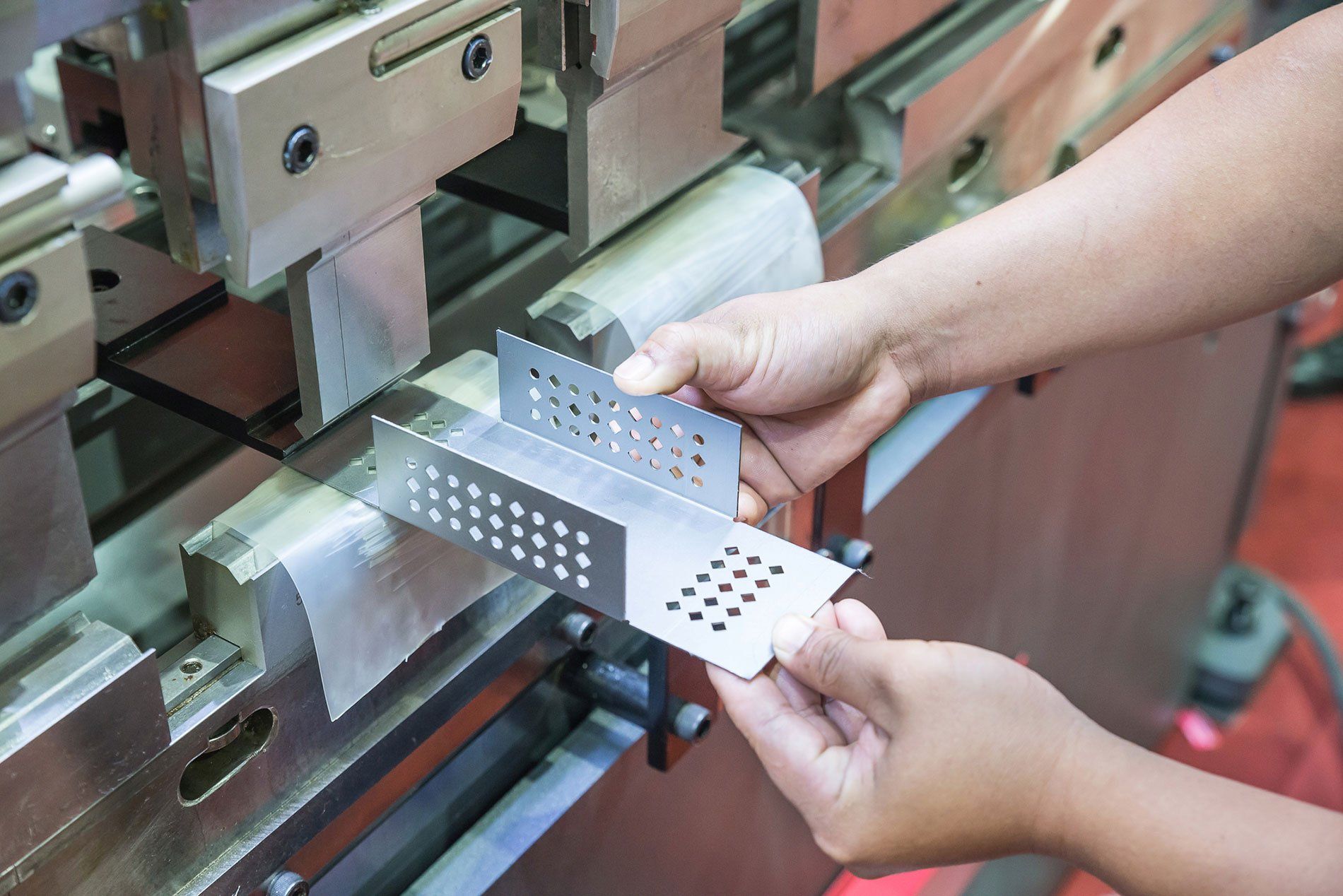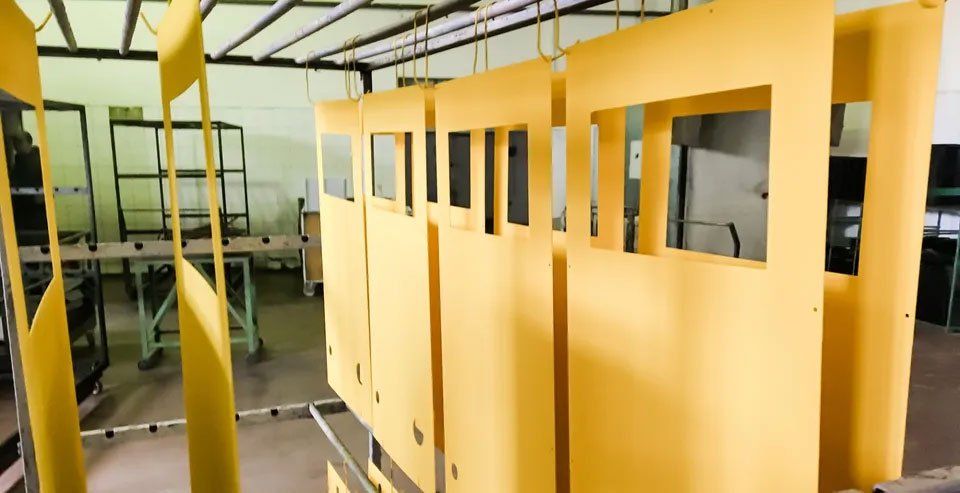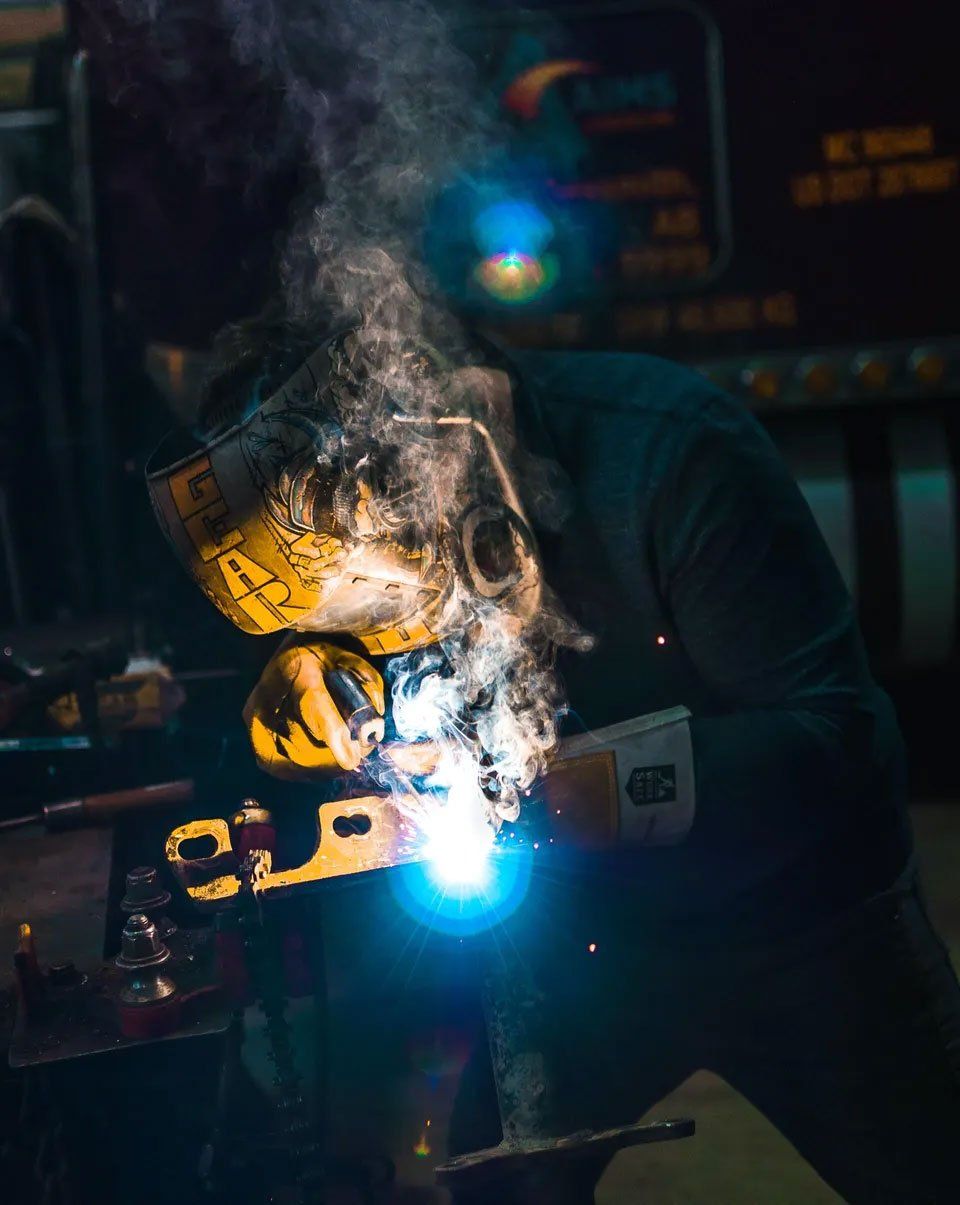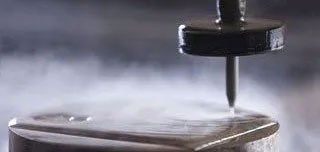Choosing the Right Cutting Method for Your Project
Selecting the appropriate cutting method can make or break your manufacturing project. The right choice affects precision, cost efficiency, and the structural integrity of your materials. Multiple cutting technologies exist, each offering distinct advantages for specific applications and materials. Understanding these differences helps you make informed decisions for your fabrication needs. From traditional methods like plasma and laser cutting to advanced technologies such as waterjet cutting, each approach serves particular purposes. This guide explores various cutting methods, with a detailed focus on waterjet cutting and how it compares to alternative techniques.
Understanding Different Cutting Methods
Modern fabrication relies on several cutting technologies, each suited to different materials and project requirements.
Plasma Cutting
Plasma cutting uses an electrically conductive gas to transfer energy from a power supply to conductive materials. This method works well for cutting steel, stainless steel, and aluminum. It offers fast cutting speeds and handles thicker materials effectively. One negative is that plasma cutting generates significant heat, which can warp thinner materials or alter the properties of heat-sensitive metals. The process also produces a heat-affected zone along the cut edge that may require additional finishing work.
Laser Cutting
Laser cutting employs a focused beam of light to melt, burn, or vaporize material. This method delivers high precision and clean edges, making it suitable for intricate designs and thin materials. While laser cutting excels at accuracy, it has limitations. The technology struggles with thicker materials and reflective surfaces. Heat generation remains a concern, particularly when working with materials sensitive to thermal stress. Laser cutting equipment also requires substantial initial investment and ongoing maintenance.
Traditional Mechanical Cutting
Mechanical cutting methods, including sawing, shearing, and milling, have served manufacturing for decades. These approaches offer reliability and require less specialized knowledge to operate. The drawbacks include slower processing times, material waste from blade width, and physical stress on materials that can cause deformation. Mechanical methods also struggle with complex shapes and patterns that modern projects often demand.
Why Waterjet Cutting Stands Out
Waterjet cutting has emerged as a versatile solution for diverse fabrication challenges. This technology uses water pressurized up to 55,000 psi, often combined with abrasive garnet particles, to cut through materials with precision.
No Heat-Affected Zone
One of the most significant advantages of waterjet cutting is its cold cutting process. Unlike plasma or laser methods, waterjet cutting generates no heat during operation. This characteristic prevents material warping, eliminates heat-affected zones, and preserves the structural integrity of the workpiece. Materials that are sensitive to heat, such as certain plastics or composites, can be cut without compromising their properties. This makes waterjet cutting suitable for applications where maintaining material characteristics is essential.
Material Versatility
Waterjet cutting handles an extensive range of materials, from soft rubbers and foams to hardened steel and titanium. The same machine can cut metals, stone, glass, ceramics, and even food products without requiring different tools or setups. This versatility reduces the need for multiple cutting systems in your facility. You can transition between projects involving different materials without significant downtime or equipment changes.
Thickness Capability
Waterjet technology cuts through materials of varying thickness with consistent quality. While some materials can be cut up to several inches thick, the actual capability depends on material density and desired edge quality. Thinner materials can be stacked for simultaneous cutting, increasing production efficiency. This stacking capability allows you to process multiple parts in a single operation, reducing overall project time.
Precision and Detail
Modern waterjet systems incorporate advanced CAD and CNC technologies, enabling complex geometries and intricate designs. The cutting stream can be controlled with high accuracy, producing parts with tight tolerances. Tilt-a-Jet technology, used in advanced waterjet systems, adjusts the stream angle to compensate for natural stream deflection. This innovation eliminates the taper that occurs in standard waterjet cutting, ensuring perpendicular edges and consistent part dimensions.
Environmental Considerations
Waterjet cutting produces minimal waste and uses no hazardous chemicals. The water and abrasive can often be recycled or disposed of safely. No toxic fumes or gases are generated during cutting, creating a safer working environment for operators.
Factors to Consider When Choosing a Cutting Method
Several considerations influence which cutting method serves your project requirements.
Material Type and Thickness
Different materials respond better to specific cutting technologies. Reflective materials like copper or brass can be challenging for laser cutting, but work well with waterjet. Extremely thick materials may exceed the practical capabilities of some methods. Consider both the material composition and its thickness when evaluating cutting options. Some materials also have internal stresses that certain cutting methods might release, causing deformation.
Edge Quality Requirements
The desired finish of the cut edge affects method selection. Some applications require smooth, finished edges ready for assembly, while others can accommodate rougher cuts that will be further processed. Waterjet cutting typically produces clean edges with minimal burr formation. The edge quality can be adjusted through speed and quality level settings to meet specific project needs without additional finishing operations.
Production Volume and Speed
High-volume production may favor faster cutting methods, even if they require additional finishing steps. Lower-volume custom work might benefit from the precision and versatility of waterjet cutting, which can reduce secondary operations. Calculate the total time from cutting through finishing when comparing methods. A slower cutting process that eliminates finishing steps may ultimately prove faster than a quick cut requiring extensive additional work.
Budget Constraints
Initial equipment costs, operating expenses, and material waste all affect project budgets. While some cutting technologies require significant capital investment, others offer lower entry costs but higher per-part expenses. Consider both immediate costs and long-term value. A cutting method that reduces material waste and eliminates secondary operations may provide better overall value despite higher per-cut costs.
Design Complexity
Complex shapes, tight tolerances, and intricate details require cutting methods capable of following precise paths. Projects with simpler geometries and looser tolerances have more flexibility in method selection. Waterjet cutting excels at complex designs thanks to CNC control and the flexibility of the cutting stream. The technology can create sharp internal corners and detailed patterns that challenge other cutting methods.
Professional Waterjet Cutting Services with Midland Waterjet
At Midland Waterjet, we provide comprehensive waterjet cutting services for clients throughout Midland, Odessa, Abilene, and Lubbock, TX; as well as the surrounding areas. Our facility utilizes OMAX waterjet equipment, chosen for its combination of speed and accuracy in the cutting process. Our systems incorporate Tilt-a-Jet technology, which adjusts the waterjet stream to eliminate material taper and ensure consistent part quality. This technology produces parts with perpendicular edges and uniform dimensions throughout the material thickness. We work with a wide range of materials, from metals like aluminum and steel to plastics, composites, and other specialized materials.
Our team can assist with material selection and cutting specifications to ensure that your project meets its requirements. Whether you need prototype parts, custom components, or production runs, our waterjet cutting capabilities can accommodate projects of various scales and complexity levels. We understand that quality requirements vary by application and can adjust our processes to deliver the precision your project demands. For fabrication projects requiring accurate, clean cuts without heat-affected zones, waterjet cutting offers a proven solution.
Contact us to discuss your project requirements and learn how our waterjet cutting services can support your manufacturing needs.

